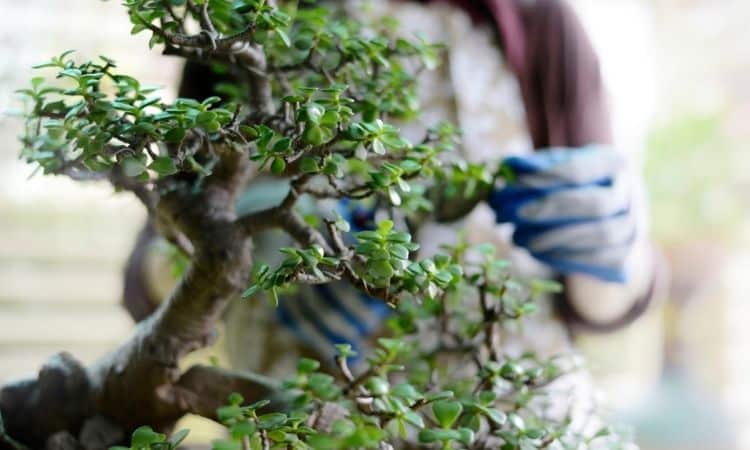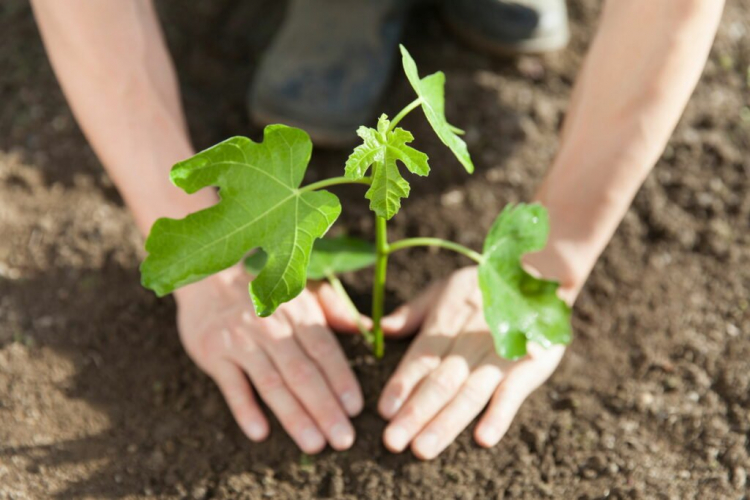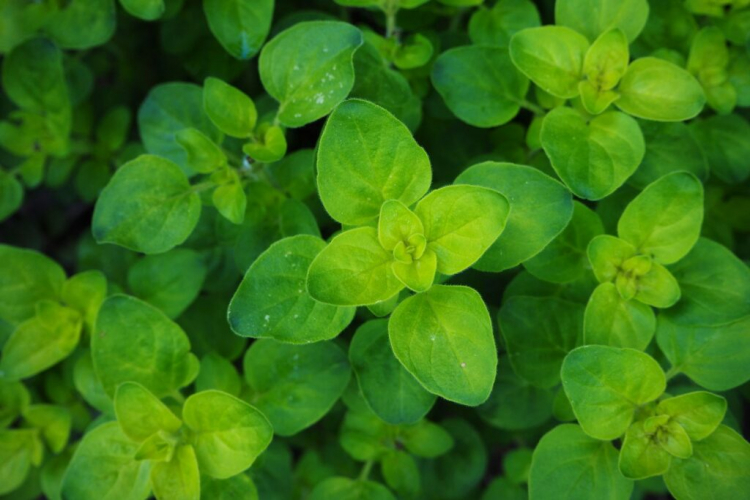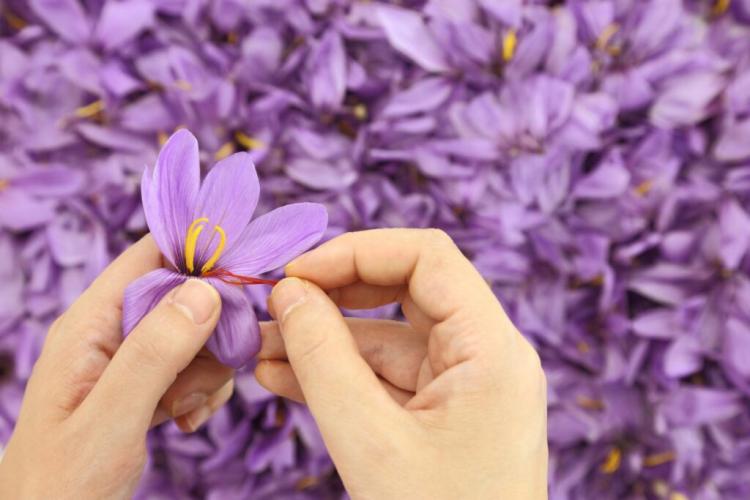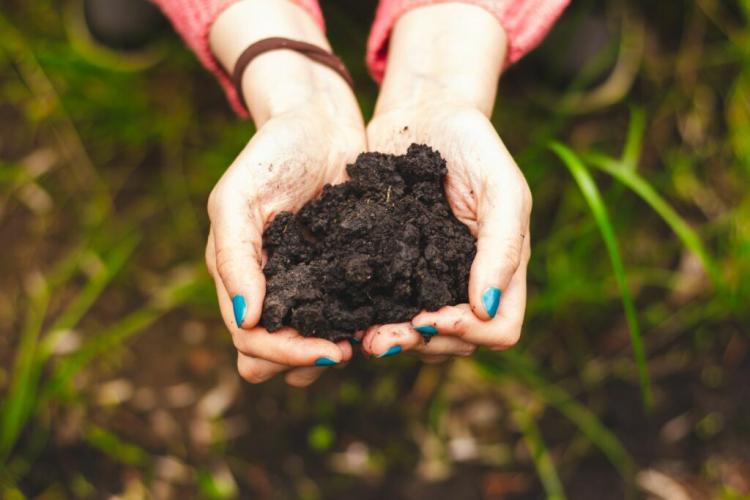Repotting Bonsai: Timing And Procedure (With Video Instructions)
When and how to report bonsai? Melissa shows in the video how to report the mini-tree correctly and what you have to consider when choosing the pot and substrate.
Bonsais regularly move to new pots or bowls when their roots can no longer find a crumb of the fresh substrate. When repotting bonsais, however, there are some important small things to consider that are crucial for a healthy bonsai. We explain when to repot the bonsai, whether to cut its roots and which soil is most suitable for bonsai.
When should you report your bonsai?
Table of Contents
Bonsais are best repotted in spring. You can tell from the “spinning top” growth of the roots that it is time to provide your bonsai with new soil and possibly a larger shell. You can easily check this: Take the bonsai with the root ball out of the bowl and check whether the roots have already reached the edge of the container. Young and fast-growing trees are repotted on average every year, while older specimens only need to be moved every three to five years.
Even if the bonsai soil is no longer loose, mold, or algae form and the bonsai leaves the leaves hanging despite watering, it is important to report the tree quickly. In this case, the substrate is too old and has collapsed. In addition, the roots of the bonsai are threatened by a lack of oxygen and putrefactive agents.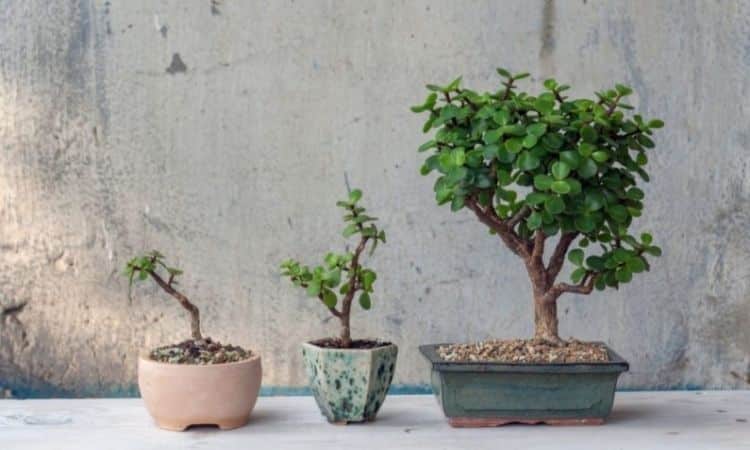
By the way: Even newly purchased bonsais usually have to be repotted. Because of the long periods of drought during transport and storage before the sale, the little trees are potted in a “rice substrate” that stores water better. However, this substrate is completely unsuitable for permanent cultivation and should be replaced as soon as possible with high-quality bonsai soil.
An exception is very high-quality bonsais from specialized bonsai nurseries – they are usually delivered in soil suitable for this purpose.
Repotting Bonsai: Instructions for the procedure
Repotting bonsai is not difficult. Besides a few materials and tools, a suitable bonsai soil is essential. We have put together a detailed guide to repotting bonsai at the end of this article.
What you need
To report your bonsai properly, you need
- A larger bonsai bowl, if the bonsai is to grow. If you want the bonsai to keep its current size, you can also reuse the old bowl and make a root cut.
- Small nets or wire mesh.
- Expanded clay pellets.
- Garden shears.
- If the bonsai is kept in the pot with wire: a side cutter.
- A pricking stick or a long wooden stick.
- A watering can.
- A small shovel.
- A suitable bonsai soil.
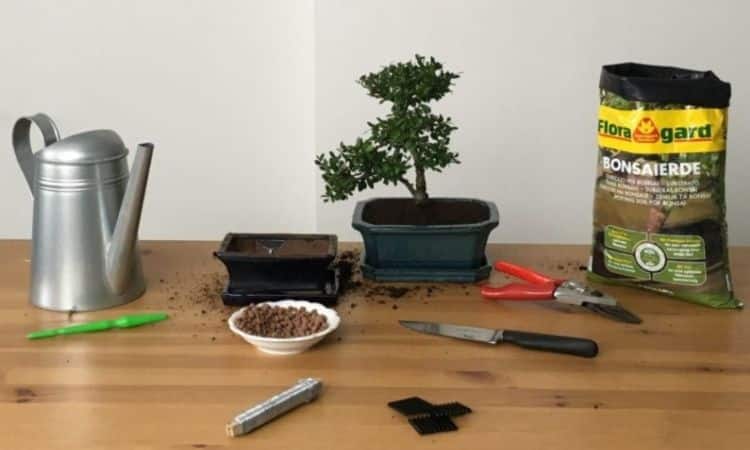
The right soil for repotting bonsais
Since the bonsai is only allowed a tiny volume to spread its roots, it is essential that this small space is filled with high-quality and suitable soil. A very important quality criterion of bonsai soil is high structural stability. This is important because structurally stable materials do not decompose so quickly and therefore do not collapse so easily, but remain airy for a long time.
Often, but not always, structural stability is achieved by a high proportion of mineral components. However, each tree species prefers a different substrate. Therefore, it is best to produce the ideal mixture for each bonsai with high-quality bonsai soil as a basic substance. The bonsai soil, for example, satisfies the high demands of bonsais and thus provides a good basis for the individual earth mixture of your bonsai.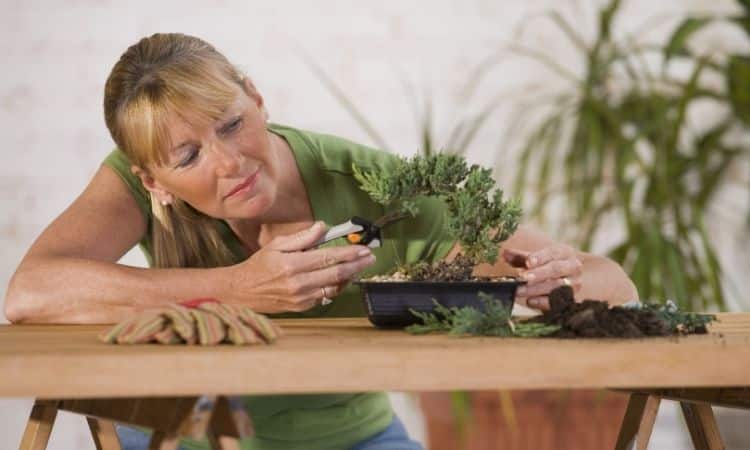
Gravel, perlite, clay minerals, expanded clay, and sand can be mixed into the bonsai soil. Which mixture is the right one for your own bonsai, you can find out in our article about the most popular types of bonsai.
How to report bonsai trees
In these 6 steps the bonsai is repotted:
- Remove the bonsai from its old pot. If the root ball is fixed with wire, cut it with the side cutter and bend it open. Sometimes it helps to cut along the edge of the bowl with a knife to loosen the root ball.
- If the surface of the bonsai is intentionally planted with moss, it can be carefully lifted off and put aside.
- With a pricking stick, you can remove excess soil from the root ball as much as possible. Take care not to damage the roots.
- Prepare the bonsai pot: Above the holes at the bottom of the pot, fix the grid with wire. Then cover the bottom of the pot with expanded clay and a layer of the correct bonsai soil.
- Now insert the bonsai and fill the rest of the bowl with the substrate. Make sure that the little tree does not sit too deep in the substrate: the entire stem should be exposed.
- Finally, water the tree, put the mossback on, and also moisten it.
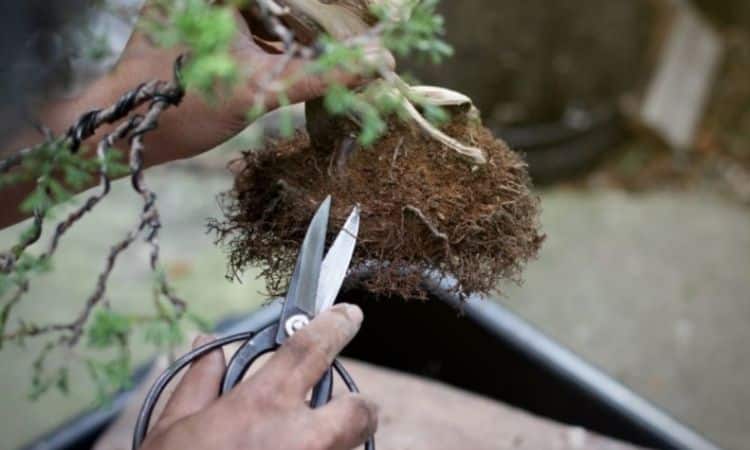
Care for bonsai after repotting
Even after repotting, you can still water and fertilize the bonsai as usual. Since repotting takes place in spring, the bonsai – if it is deciduous – will soon sprout. Does your bonsai not sprout or do all leaves fall off? We have compiled the possible reasons why your bonsai loses leaves.
